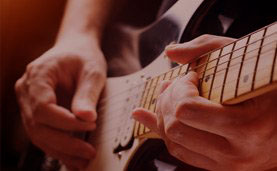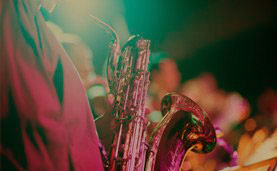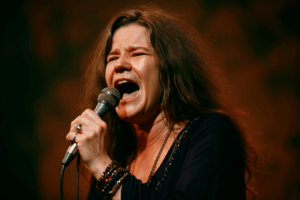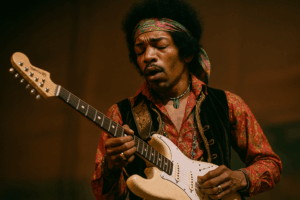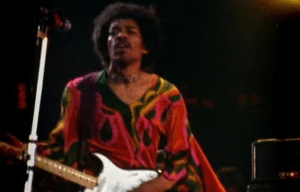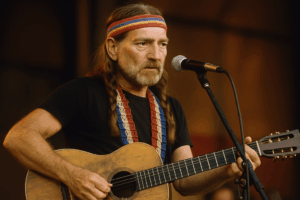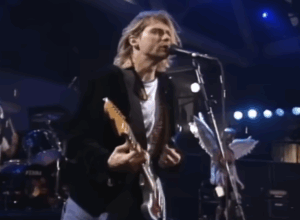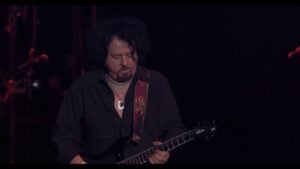Bohemian Rhapsody Flash Mob Takes Over Paris in Epic Queen Tribute

via Julien Cohen / YouTube
A quiet Parisian square turned into a rock spectacle when thirty musicians staged a flash mob tribute to Queen’s “Bohemian Rhapsody.” What began as an ordinary afternoon for locals and tourists quickly transformed into an unforgettable musical event. Diners at outdoor cafés and passersby suddenly found themselves at the center of a live performance of one of rock’s most iconic songs.
The spectacle opened in dramatic fashion as three women appeared at a window above the square, belting out the song’s instantly recognizable opening line. Their harmonies floated across the street, catching the attention of everyone within earshot. Confusion soon turned into delight as people realized they were witnessing something extraordinary.
From that moment, the energy of the performance grew rapidly. Musicians emerged from unexpected places—windows, cars, and corners of the square—turning the area into a living stage. With each new participant, the music grew richer, and the anticipation among the crowd soared.
Building the Epic Arrangement
Pianist Julien Cohen, who later shared the video on his YouTube channel, anchored the performance with his playing. Joining him was lead singer Mickey Castillo, whose powerful vocals carried the melody across the square. Their collaboration immediately set the tone for what would become a stunning communal tribute to Queen.
As the song progressed, more musicians joined in, layering the piece with vocals and instruments that captured the theatrical essence of the original. Each entrance was carefully staged to surprise onlookers, keeping the crowd engaged and guessing who would appear next.
The coordination was no small feat. To pull off a full rendition of “Bohemian Rhapsody” in such a spontaneous setting required both preparation and passion. The group’s precision ensured that every transition—from ballad to opera to hard rock—was delivered with the kind of drama that made the original so unforgettable.
The Musicians Behind the Magic
The flash mob wasn’t just made up of seasoned performers; it featured rising talents as well. Among them was Olly Pearson, an 11-year-old internet sensation known for his guitar skills. His participation added a heartwarming element, showing how Queen’s music continues to inspire younger generations.
The performance also included a full opera choir, which gave the middle section of the song its proper grandeur. Their booming voices echoed through the square, creating a moment that felt as if it had been lifted straight from A Night at the Opera.
Together, the mix of professional musicians, viral stars, and choir singers created a diverse ensemble that highlighted the universal appeal of Queen’s music. The result was a performance that felt both polished and spontaneous, leaving the audience in awe.
View this post on Instagram
Honoring a Timeless Classic
By the end of the performance, the crowd erupted into applause, a clear sign of the impact the musicians had on those lucky enough to witness it. For many, it was more than a free concert—it was a reminder of the enduring power of music to bring people together.
The flash mob also came at a fitting time, coinciding with the 50th anniversary of the start of recording “Bohemian Rhapsody.” Back in 1975, Queen spent grueling weeks layering more than 200 vocal overdubs to achieve the operatic climax that stunned listeners. Despite initial resistance from their label, the band’s determination ensured the song’s release, ultimately turning it into one of rock’s most beloved anthems.
Nearly half a century later, the Paris flash mob proved that “Bohemian Rhapsody” still resonates as strongly as ever. Whether performed in a recording studio or on a bustling city block, its magic endures, reminding us why it remains a cornerstone of rock history.

